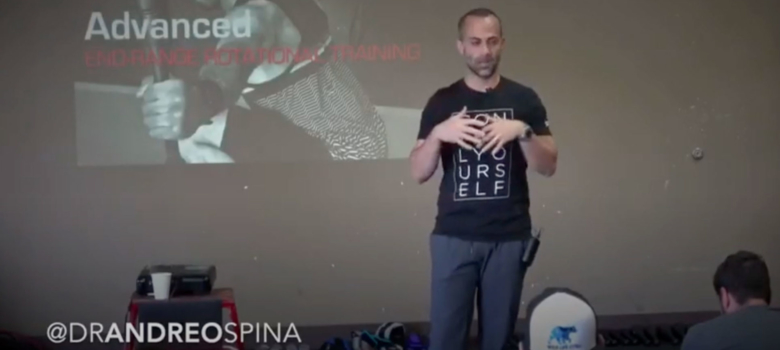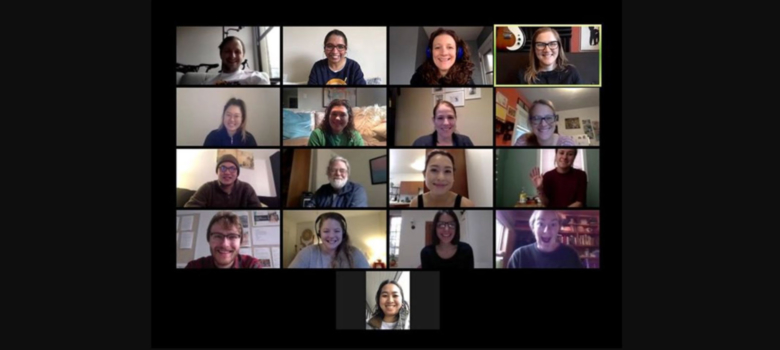by Taya Beattie, Early Elementary Teacher
What does fitness mean to you? If you are thinking strenuous, sweaty, and hard work, you’re not alone. We’re often taught that being fit involves 6-pack abs, the ability to run a marathon or to do 50 burpees in under 5 minutes. But what if we lifted up another element of fitness – body awareness, or proprioception? In this short clip Dr. Andrea Spina speaks about how he defines proprioception as the basic building block of how we interact with the world.
Quality proprioception, the ability to know where one’s body is in space, is easy to spot—it’s a certain smoothness and quality of movement that we sometimes call “grace.” On a more granular level quality proprioception is the efficient processing of environmental input into movement output. We see this quality in high-level circus performers, dancers, kung-fu artists, and even some team sports players. These athletes are able to react effectively to variable environments and cues such as an oncoming defender or unexpected movement by an opponent. (If you’re interested in the science and developmental aspect of this check out the bottom of this article.)
So how do we develop this elusive but important quality in our kids? Good news, the easiest way is to play! Especially with younger kids, unstructured or semi-structured play is the best way to develop quality movement. As Dr. Spina mentions in 0:43 of the clip, the quality of output is dependent on the volume of information coming in. Playing is a bit like being a Roomba – it doesn’t really matter which direction you’re going, but every time you touch a wall you discover a point of information about your environment, aka your body.
This building of quality movement pathways is especially important in the early developmental years when kids are just learning to coordinate movement and balance. A gym mantra we often use is “quality over quantity”. Once these great neuromuscular pathways are built, in later years we can add volume and weight and get great results.
Luckily, this “quality of movement” is something you can work on at any point in life. Because we’re a bit less injury proof than kids, the key for adults is slowing down a bit and focusing on the way you’re completing the exercise or movement, rather than the amount of weight or number of reps. So get out there and play away with the knowledge that, yes, there is definitely a benefit to
*Addendum (Science background on the Vestibular system):
Play is especially important for developing the vestibular system – the system located in our inner ear that talks directly with the muscle sensors (proprioceptors) to coordinate movement and maintain balance. Think of it like a gyroscope on a spaceship, informing us of exactly where we are in time and space (physically, not metaphysically speaking). When we move our head during play (swinging, rolling etc), our vestibular system signals our body to make adaptive responses such as changing direction to avoid an obstacle, kicking hard on the swing, etc.



